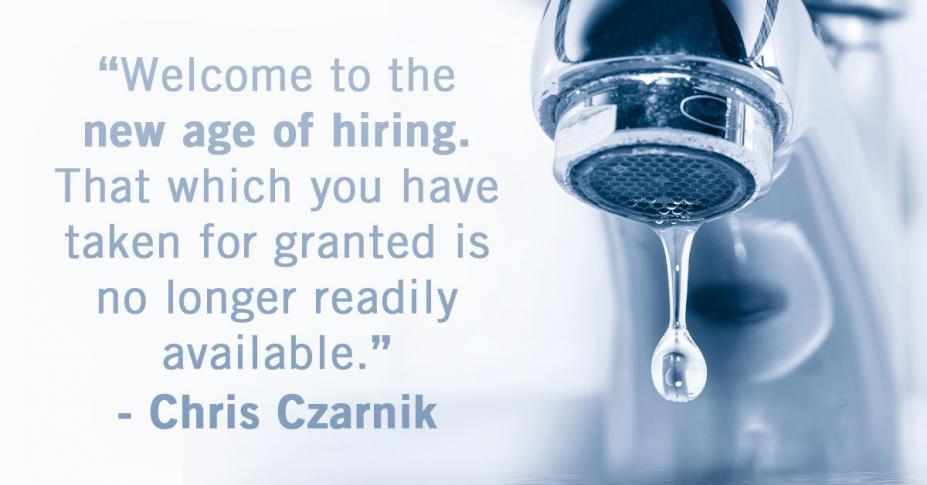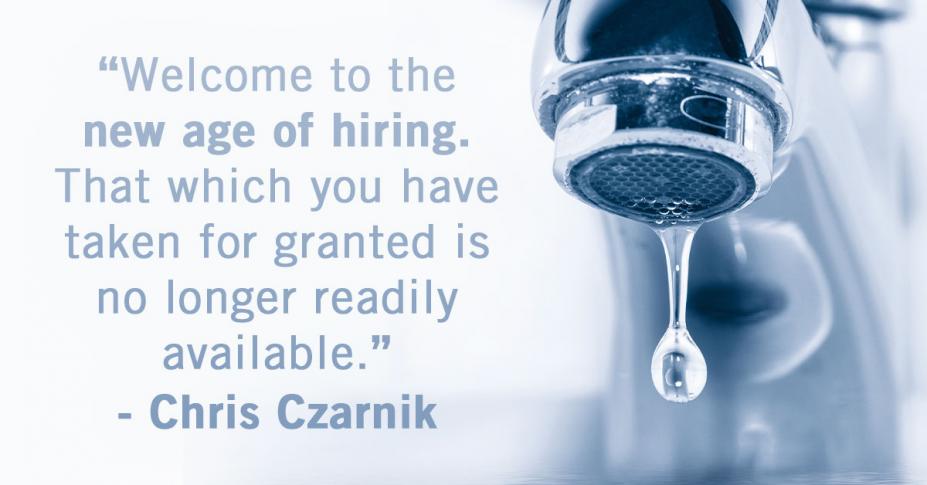What is the REAL Cost of Turnover?
For most businesses, and people for that matter, they will continue to do the same things each day until there is some reason to change. The basis for psychology is that “people move towards pleasure and away from pain.” This explains why very little changes in an organization until the pain of doing nothing is greater that the pain of doing something. It is with this as the backdrop that we discuss the cost of an open position in an organization verses the cost of changing the way that you recruit, engage and develop talent in your organization.
The cost of an open position is a “hidden cost” for most organizations. In the very short run, an open position costs less money to the direct payroll costs so it can be naively seen as a net positive. It is only when we put a number to the vacant position that we have something to balance that with.
This cost is actually quite easy to come up with. If you look at all of your product and service costing models you will likely have categories of fixed and variable expenses. You will also have the amounts that you charge customers for the services of each employee that they interact with. Your pricing and costing models are the key to coming up with this number.
Say that you are a roofing company and you currently have three open positions for hands on roofing technicians. Each of those technicians you pay $20.00/hour (for easy figuring). Is the cost of an open position then $20.00/hour or roughly $42,000/year? NO. If you look at your pricing model you will note that you CHARGE customers $40.00/hour for each technician’s time. So the cost of this open position is more like $80,000/year. Add to that the fact that in order to get the job done for the customer you need to pay your current employees’ overtime to finish on time. What is the cost of that?
The last hidden cost that you need to consider is the effect on your employee retention that having open positions creates. An open position means that someone else must do the work that is undone because of this open position. People will take on more work or work overtime for a short period of time but eventually if they see no light at the end of the tunnel they will leave and create ANOTHER open position.
So, is it worth your time to change the way that you recruit, engage and develop employees? I’ll just let YOU do the math…
-Chris Czarnik, author of Winning the War for Talent; originally posted on chrisczarnik.com
To read more about recruiting and retaining the best employees, check out Winning the War for Talent>>


